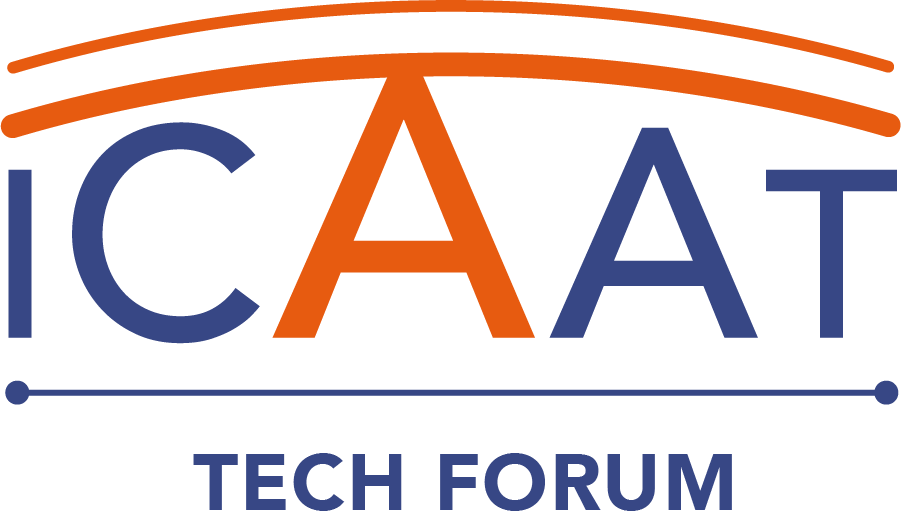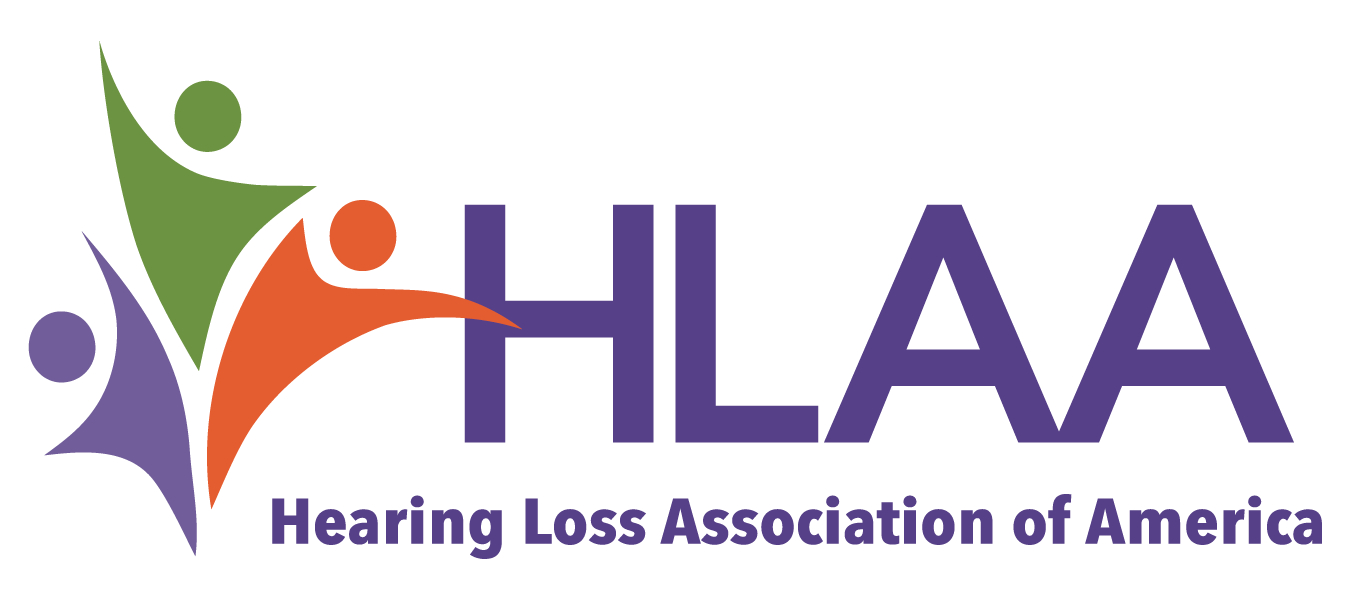People with hearing loss can be found at every age, in every demographic.
In the United States, approximately 15% of adults (37.5 million) aged 18 and over report some trouble hearing.
The National Institute on Deafness and Other Communication Disorders (NIDCD) also reports:
- Age is the strongest predictor of hearing loss among adults
- About 2 percent of adults aged 45 to 54 have disabling hearing loss. The rate increases to 8.5 percent for adults aged 55 to 64. Nearly 25 percent of those aged 65 to 74 and 50 percent of those who are 75 and older have disabling hearing loss.
- Men are almost twice as likely as women to have hearing loss among adults aged 20-69.
- Non-Hispanic whites are more likely than adults in other racial/ethnic groups to have hearing loss; non-Hispanic blacks have the lowest prevalence of hearing loss among adults aged 20-69.
The World Health Organization (WHO) provides global statistics on the prevalence of deafness and hearing loss.
Information on the use of signed and spoken communication methods among individuals with hearing loss is much less well defined. We know that most people with hearing loss use spoken language for communication, primarily because their hearing loss occurred in their adult years, long after they acquired language.
In the United States, an estimate from the early 1970s suggests that as many as 500,000 people of the more than 37.5 million with hearing loss communicate using American Sign Language (ASL) at home. This estimate has not been updated mainly because neither census nor health surveys since then have included questions on the use of ASL1.
1 Mitchell, R. E., Young, T. A., Bachelda, B., & Karchmer, M. A. (2006). How Many People Use ASL in the United States?: Why Estimates Need Updating. Sign Language Studies, 6(3), 306–335. http://www.jstor.org/stable/26190621




